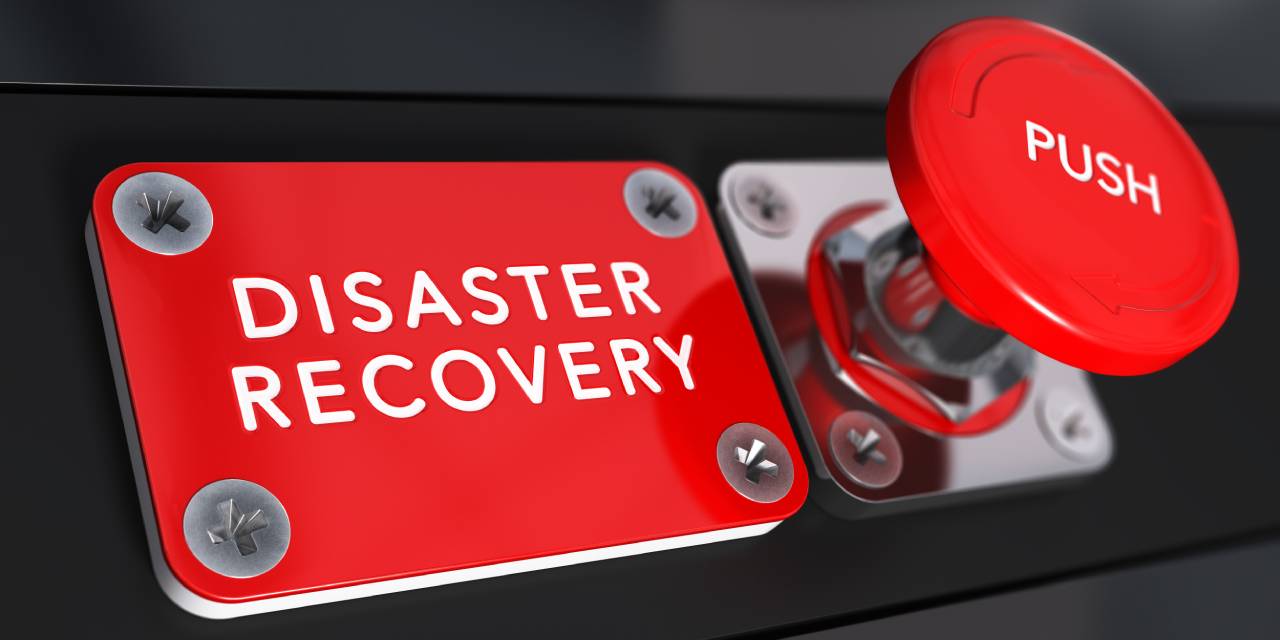Implementing and maintaining HA, DR, and BCP strategies are critical for organizations to withstand unexpected events, protect data and systems, ensure continuity of operations, and mitigate financial and reputational risks associated with disruptions.

Here is how we implement HA/DR/BCP on the indicative guidelines as below.
1. Continuous Operation:
HA ensures uninterrupted system operation, minimizing downtime and ensuring services remain available even in the event of hardware or software failures.
2. Redundancy and Failover:
Utilizes redundancy and failover mechanisms to provide seamless failover between redundant components, preventing single point of failure.
3. Load Balancing:
Implements load balancing to distribute workloads across multiple resources, optimizing performance and preventing overloading of individual systems.
4. Automated Recovery:
Automated processes detect failures and automatically switch to redundant components, reducing manual intervention and downtime.
1. Data Protection:
Focuses on data recovery and system restoration following a disaster or disruptive event, ensuring the availability of critical data and applications.
2. Backup and Replication:
Involves regular data backups, o-site storage, and replication of data to ensure recovery and continuity of operations in case of data loss or corruption.
3. Recovery Time Objective (RTO) and Recovery Point Objective (RPO):
Defines the acceptable duration of downtime (RTO) and the maximum tolerable data loss (RPO) in case of a disaster.
4. Testing and Validation:
Regularly test DR plans to ensure effectiveness, including simulations and drills to validate recovery procedures and minimize recovery time.
1. Comprehensive Preparedness:
BCP focuses on maintaining essential business functions during and after a disaster, ensuring continuity of operations and service delivery.
2. Risk Assessment and Mitigation:
Identifies potential risks, assesses their impact on business operations, and implements measures to mitigate and manage these risks.
3. Personnel Training and Awareness:
Trains employees on emergency response, roles, and responsibilities during a crisis to ensure an effective response to disruptive events.
4. Communication and Coordination:
Establishes communication plans and coordination mechanisms to ensure effective communication among stakeholders during emergencies.
1. Comprehensive Planning:
Integration of HA, DR, and BCP strategies to create a holistic approach towards maintaining system availability, data integrity, and business operations.
2. Regular Review and Updates:
Plans should be regularly reviewed, updated, and tested to account for changes in technology, infrastructure and business needs.
3. Documentation and Reporting:
Maintain detailed documentation of plans, procedures, contact lists, and recovery steps to facilitate swift recovery & compliance requirements.
4. Stakeholder Involvement:
Involvement and awareness of stakeholders, including employees, management, customers, and third-party vendors, are crucial for effective execution during emergencies.
5. Regulatory Compliance:
Ensure that plans align with regulatory standards and industry best practices to meet compliance requirements and legal obligations.
Importance of HA:
High Availability is quintessential to ensure uninterrupted operation, minimize downtime, and maintain service availability even in the event of failure. The following would be the generic adoptions, which could be combined or modified to suit requirement.
Clustering/RAID-Load balancing-Replication
To ensure resiliency, availability, & continuity of business operations in the face of unforeseen events or disasters, with the following set of approach & generic adoptions, which could be combined or modified to suit requirement.
- Accessibility in various scenarios
- Entry point validation (VPN/RDS/SSL)
- DR Security
- DR Monitoring
- DR Compliance & Audit
- DR Infra patching
- DR Capacity management
- DR Remote management.
